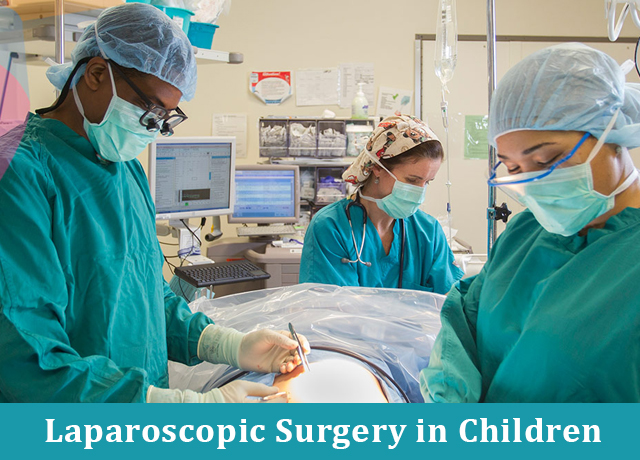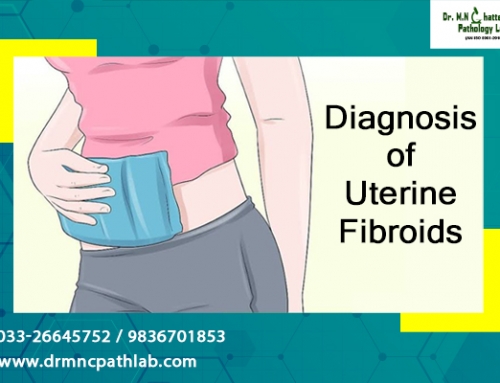Compared to conventional surgery, there are many advantages for the patient in laparoscopic surgery including smaller incisions, less postoperative pain, earlier oral intake, quicker mobilization, faster discharge and a better cosmetic effect. There has been a considerable improvement in laparoscopic surgical techniques and equipment in the recent years. This has increased the number of diagnostic and surgical procedures being done by laparoscopic methods not only in adults but also in children.
Laparoscopic surgery in children
Laparoscopic surgery in children is not new. Appendicectomy, pyloromyotomy, diagnosis of contralateral inguinal hernia, cholecystectomy, gastric fundoplication are some common laparoscopically performed procedures in children. The raised intraabdominal pressure (IAP), caused by the creation of pneumoperitoneum, systemic absorption of the intraperitoneally insufflated CO2 and the position of the patient during surgery, results in the physiological changes associated with laparoscopic method. A sound knowledge of the differences in the physiological effects produced in response to the CO2 pneumoperitoneum in children compared to those in adults should be possessed by the anesthesiologist. In adults, cardiorespiratory changes during laparoscopy have been studied widely, and as laparoscopic method is gaining popularity among the pediatric surgeons, several studies have been performed to assess the cardiorespiratory changes in children during laparoscopic surgery.
The parents of the children can resume their work early after laparoscopic surgery in children. For laparoscopic method, hospital charges can be lower because of reduced hospital stay and pain medication, but increased operating time and expensive consumables can increase the cost on the other hand.
The process of Laparoscopic surgery in children
At first, some tests are needed to be done from a diagnostic centre. Laparoscopic surgery is done in the hospital like traditional methods. Your child will be prepared and before the surgical procedure begins, your child will probably have to stop eating and drinking. Your child will be put to sleep with general anesthetic during the procedure. With carbon dioxide gas your child’s abdomen is filled. The abdominal wall gets lifted like a dome. The surgeon gets a better view of the organs inside the body. To work inside the body, it also gives the surgeon more space. Near the belly button, the surgeon makes a 1 cm incision for the laparoscope. After that, in the lower corners of the abdomen, the surgeon makes small 5 mm incisions. For any other instruments that might be needed, these incisions are made.
All the instruments are removed after the operation is finished. From inside the body, the CO2 gas is removed. The blood absorbs and processes any remaining CO2. The incisions are closed by the surgeon with dissolving stitches and/or Steri-Strips, which are little sticky tapes used to help hold together and protect the healing skin. Compared to traditional open surgery, children usually recover faster from laparoscopic surgery. The same day many patients go home. Compared to traditional surgery, scars are very small because of the smaller incisions. After a few days, many children return to school.






